When we think about apex predators and gentle giants, our minds instantly conjure images of great white sharks cutting through ocean depths or massive elephants trumpeting across African savannas. But what if I told you that the insect world harbors creatures just as formidable, just as awe-inspiring, and in some cases, even more remarkable than these iconic megafauna? The microscopic realm buzzes with its own sharks and elephants, each perfectly adapted to dominate their miniature ecosystems in ways that would make their larger counterparts envious.
The Praying Mantis: Nature’s Silent Assassin
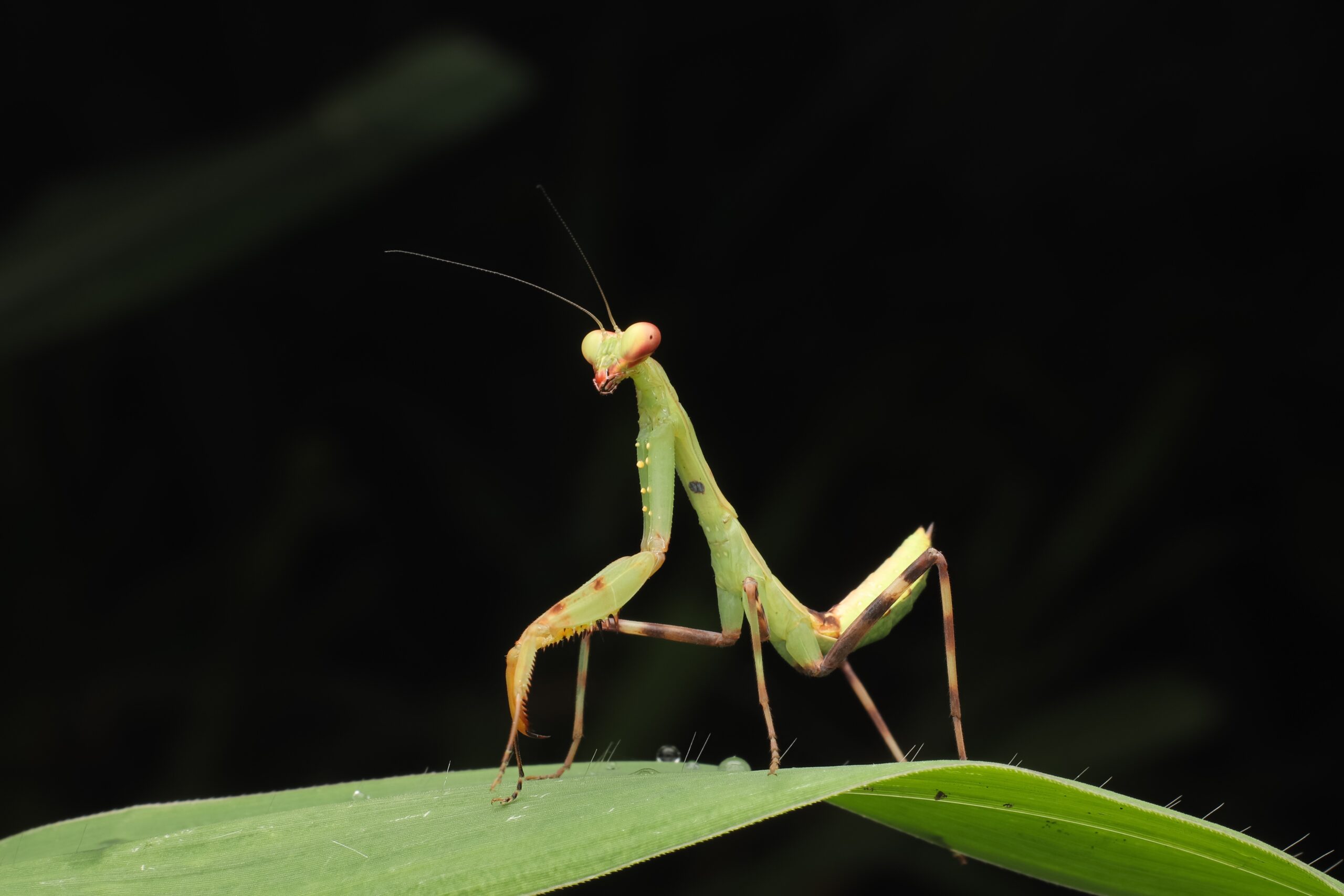
The praying mantis stands as the undisputed shark of the insect world, embodying everything we associate with apex predation. These triangular-headed hunters possess lightning-fast reflexes that put even the most agile shark to shame, striking with their razor-sharp forelegs in just 30 milliseconds. Their compound eyes can track movement across an impressive 180-degree field of vision, making them nearly impossible to approach undetected.
What makes mantises truly terrifying is their complete lack of discrimination when it comes to prey. They’ll devour anything that moves within striking distance, including other mantises, small birds, frogs, and even snakes. Female mantises are notorious for their post-mating cannibalism, literally biting off their partner’s head while still engaged in reproduction. This behavior isn’t just brutal theater, it’s evolutionary strategy at its finest, providing essential nutrients for developing eggs.
The Rhinoceros Beetle: Insect World’s Heavyweight Champion
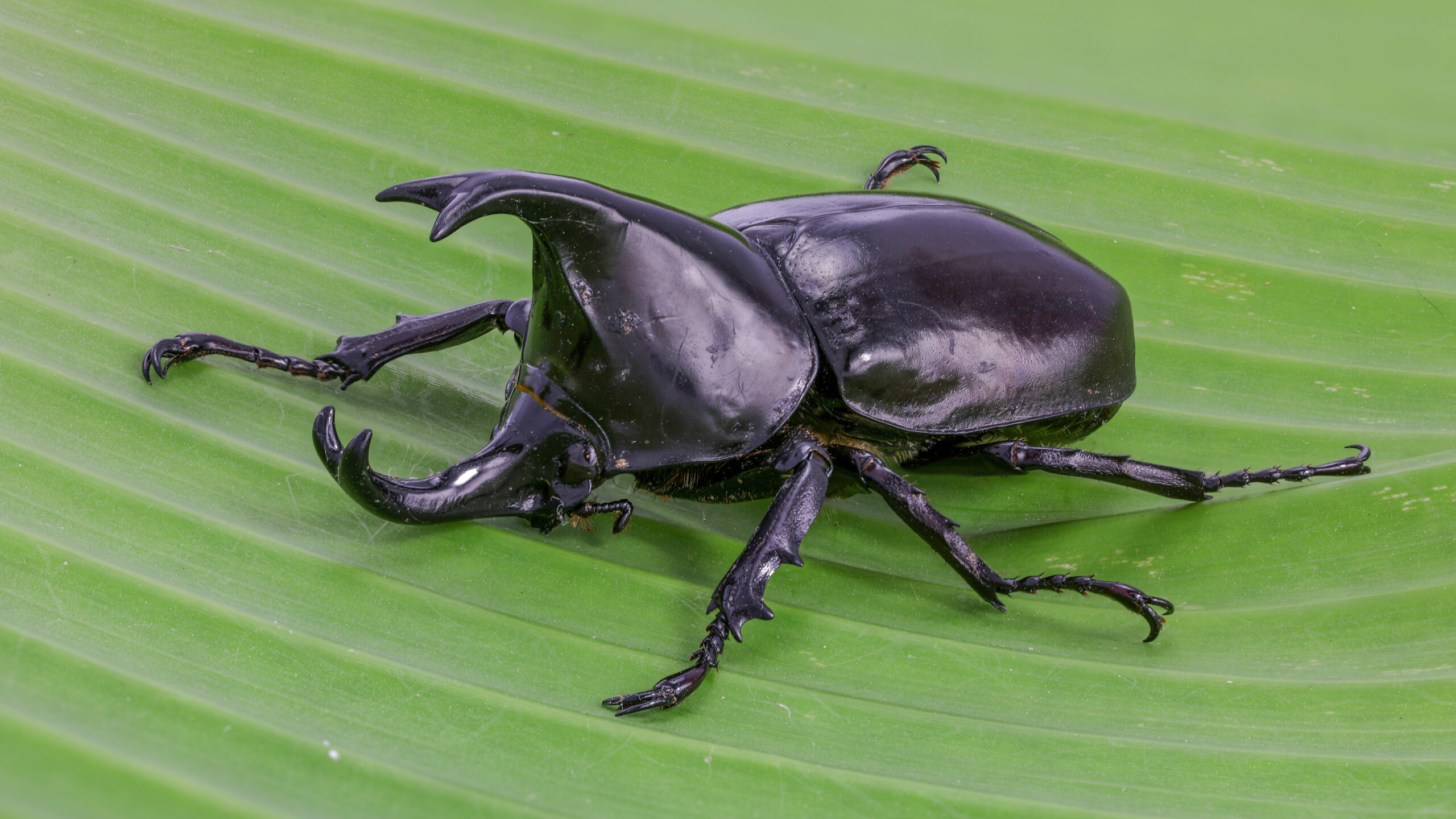
If we’re talking about the elephant equivalent in terms of sheer strength and imposing presence, the rhinoceros beetle takes the crown without question. These armored titans can lift objects 850 times their own body weight, making them proportionally the strongest creatures on Earth. To put this in perspective, if humans possessed similar strength, we could effortlessly hoist a 65-ton battle tank above our heads.
Their distinctive horn-like projections aren’t just for show either. Male rhinoceros beetles engage in epic wrestling matches that would make sumo wrestlers weep with envy, using their horns to flip rivals off branches and claim territory. These battles can last for hours, with the victor earning the right to mate with nearby females. Despite their intimidating appearance, rhinoceros beetles are gentle giants, feeding primarily on rotting fruit and tree sap.
The Dragonfly: Aerial Ace with Ancient Lineage
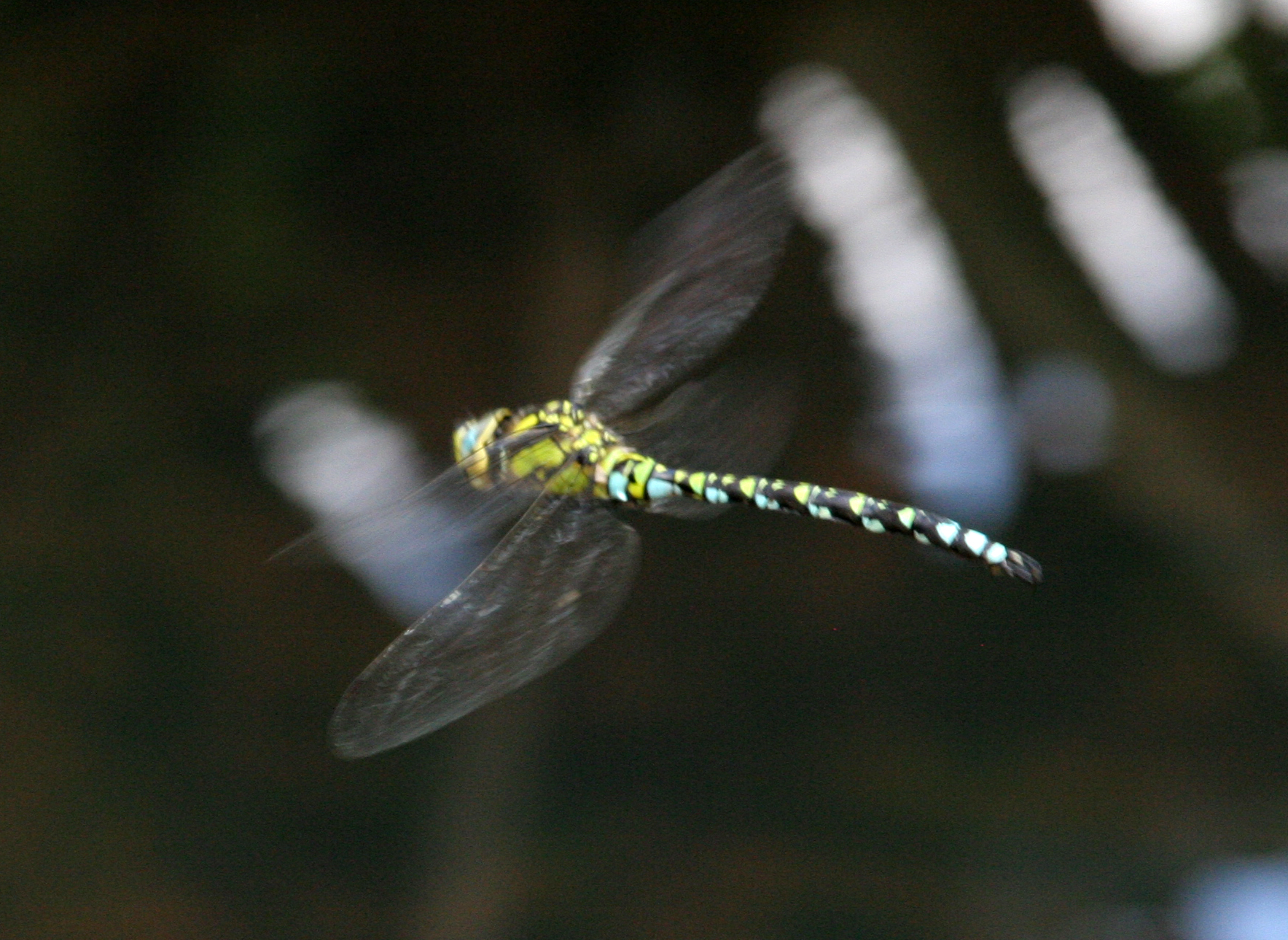
Dragonflies represent the fighter jets of the insect kingdom, boasting a hunting success rate that puts even the most skilled human marksman to shame. These aerial predators capture their prey with a staggering 95% success rate, making them more efficient hunters than lions, sharks, or any other predator on the planet. Their four independently moving wings allow for impossible flight maneuvers, including flying backwards, hovering motionless, and executing sharp 180-degree turns at full speed.
What’s truly mind-blowing is their ancient heritage. Dragonflies have been perfecting their hunting techniques for over 300 million years, predating dinosaurs by millions of years. Some prehistoric dragonflies had wingspans reaching nearly three feet, making them the size of modern seagulls. Their compound eyes contain up to 30,000 individual lenses, providing them with nearly 360-degree vision and the ability to detect the slightest movement from vast distances.
The Goliath Beetle: Africa’s Gentle Giant

The Goliath beetle earns its elephant comparison through sheer size and surprisingly docile nature. These African giants can grow as large as a human fist, with males weighing up to 100 grams, making them among the heaviest insects on the planet. Their larvae are even more impressive, sometimes reaching the size of sausages and weighing more than some adult mice.
Despite their intimidating bulk, Goliath beetles are vegetarians who spend their days peacefully munching on tree sap, rotting fruit, and decaying plant matter. They move with the same deliberate, unhurried pace we associate with elephants, using their powerful legs to climb through forest canopies with surprising grace. Their horn-like protrusions are used primarily for males to wrestle for mating rights, engaging in pushing contests rather than deadly combat.
The Army Ant: Collective Intelligence of the Insect Ocean
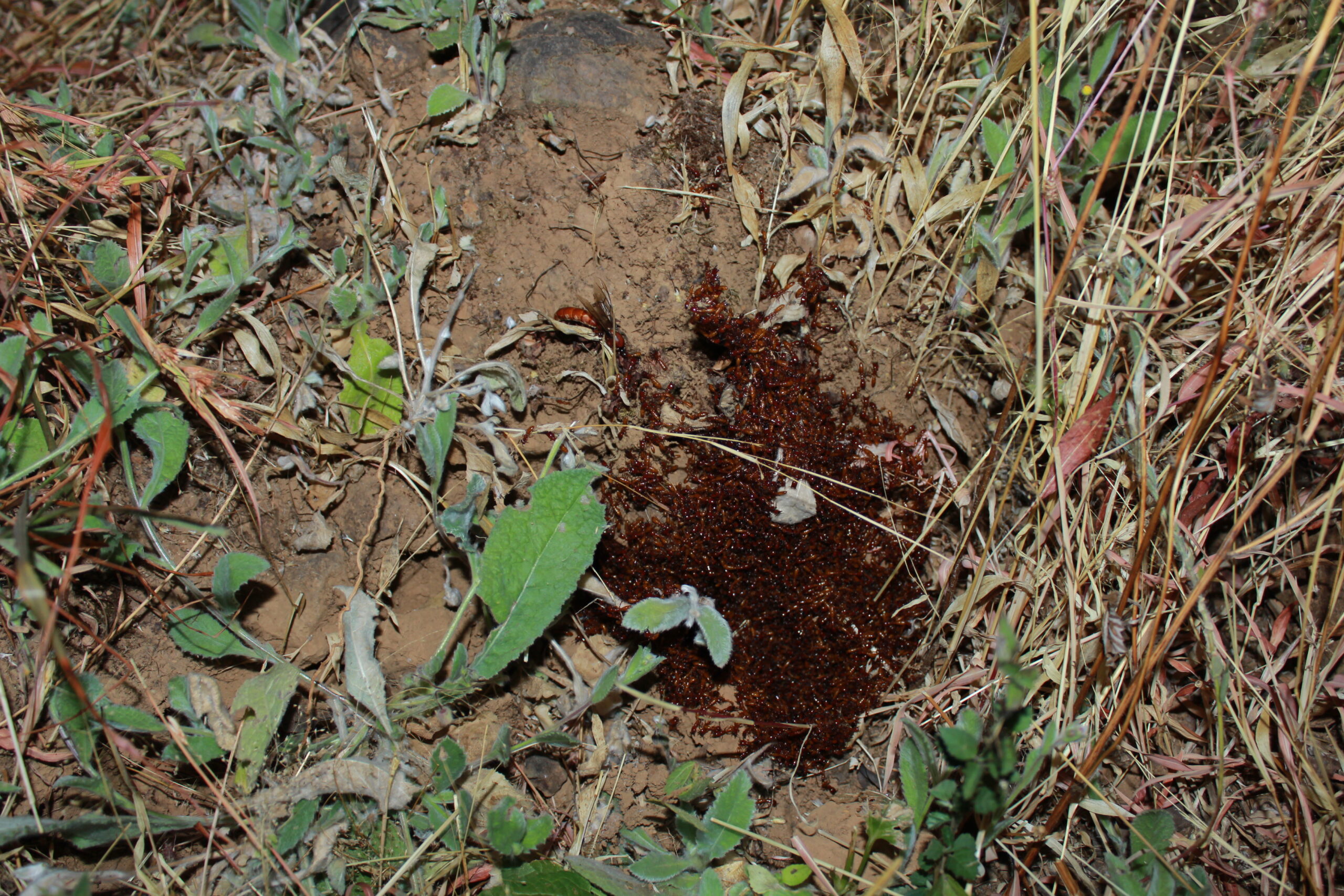
If we’re looking for the shark equivalent in terms of coordinated hunting and relentless pursuit, army ants represent the ultimate pack predators. These nomadic hunters move in columns containing millions of individuals, creating living rivers of death that can stretch for hundreds of meters. When an army ant colony goes on the march, every creature in their path faces a choice: flee or become dinner.
Their hunting strategy resembles a military operation more than typical insect behavior. Scout ants lay chemical trails while soldier ants with massive mandibles guard the flanks, and worker ants carry prey back to the mobile nest. They can overwhelm creatures thousands of times their individual size through sheer numbers and coordination. Even large mammals like sloths and injured animals learn to fear the approaching sound of millions of tiny feet.
The Hercules Beetle: Living Bulldozer of the Forest Floor
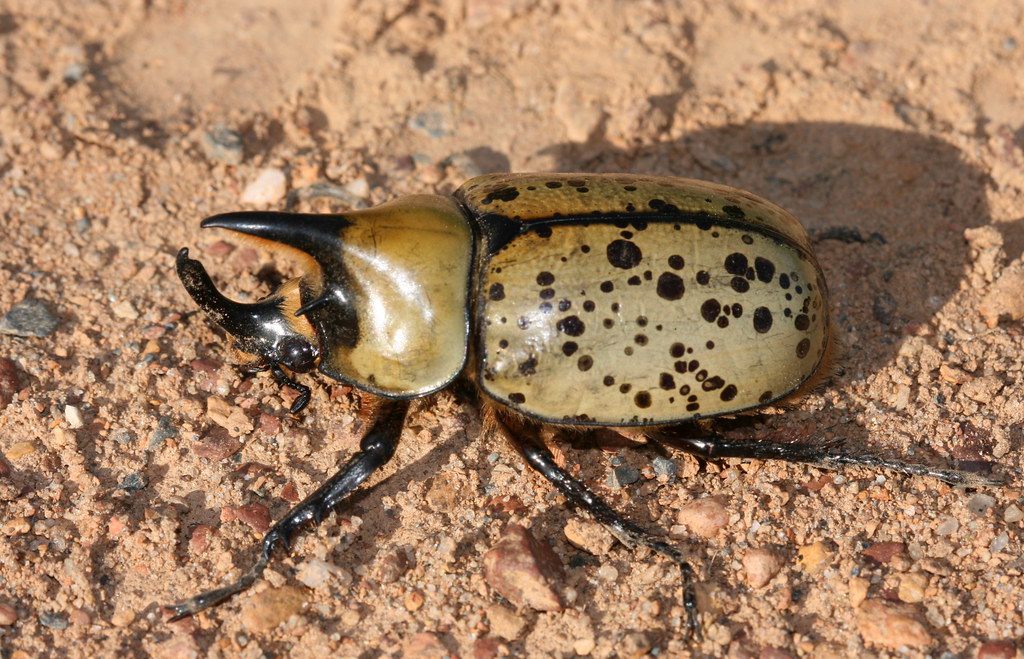
The Hercules beetle combines the strength of the rhinoceros beetle with the imposing presence of a miniature elephant. Males can grow up to 6.7 inches long, with their distinctive horn extending nearly half their total body length. These horns aren’t just for display, they’re functional tools capable of lifting objects weighing up to 850 times their own body weight.
What sets Hercules beetles apart is their remarkable endurance and determination. They can spend hours engaged in wrestling matches with rivals, using their horns like crowbars to flip opponents off branches. Their thick, armor-like exoskeleton protects them from damage during these epic battles. Despite their fearsome appearance, they’re essentially gentle giants who prefer to avoid conflict when possible, feeding on rotting fruit and tree sap in the peaceful darkness of tropical forests.
The Tarantula Hawk Wasp: The Nightmare Hunter
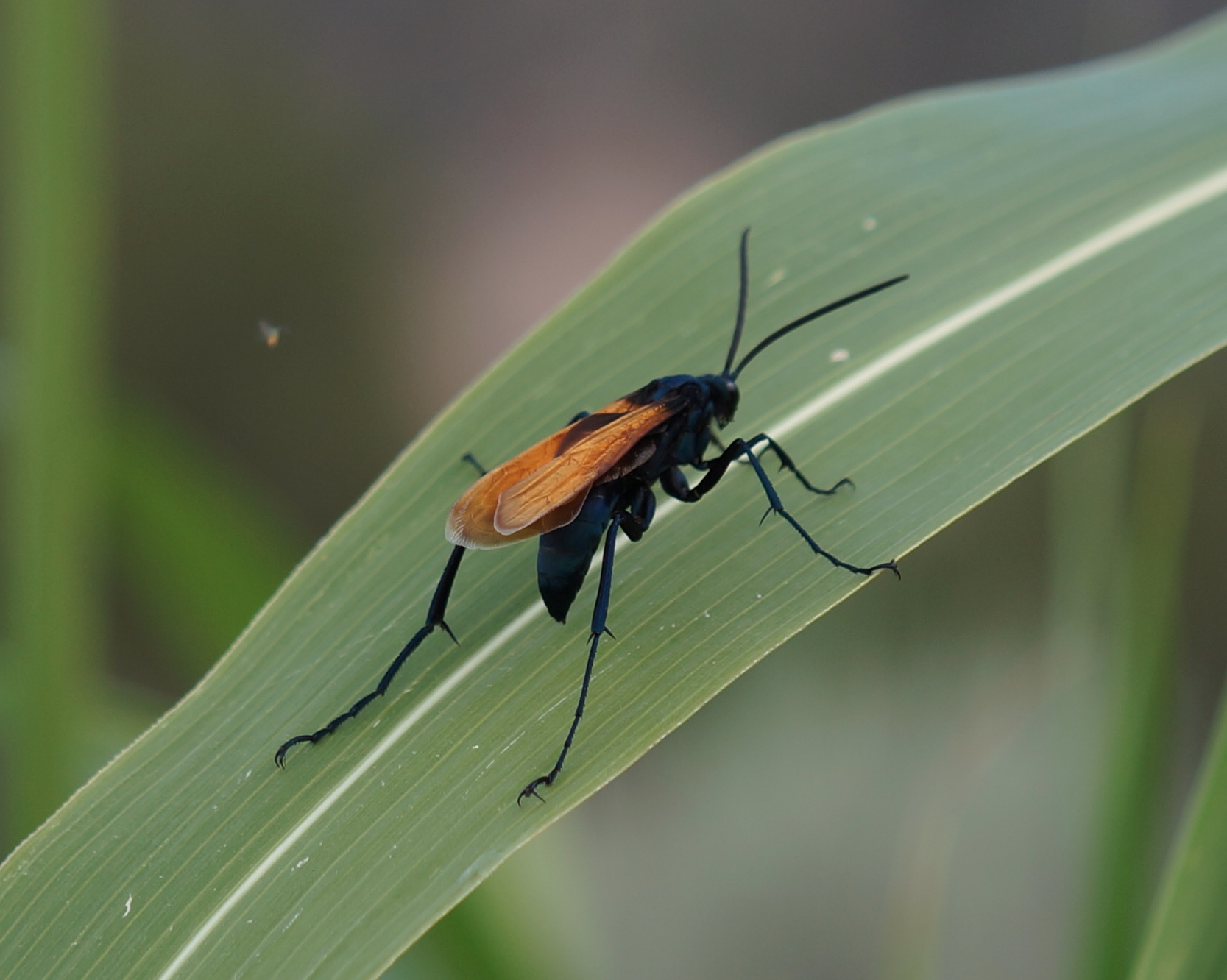
Among the most feared predators in the insect world, the tarantula hawk wasp represents the ultimate specialized hunter. These metallic blue-black wasps have evolved specifically to hunt creatures many times their size, targeting the most formidable spiders on the planet. Their hunting technique is both precise and terrifying, involving a high-stakes aerial battle followed by surgical precision.
The wasp’s sting delivers one of the most painful venoms in the insect world, causing immediate paralysis in their spider victims. After subduing a tarantula, the female wasp drags the still-living spider to a burrow and lays a single egg on its abdomen. The wasp larva then feeds on the paralyzed spider for weeks, keeping it alive and fresh by avoiding vital organs until the very end. This nightmarish scenario makes the tarantula hawk wasp one of nature’s most efficient and ruthless predators.
The Giant Water Bug: Aquatic Apex Predator

In the underwater realm of ponds and streams, giant water bugs reign supreme as the sharks of freshwater ecosystems. These aquatic assassins can grow up to four inches long and possess powerful front legs designed for grabbing and holding struggling prey. Their bite injects potent digestive enzymes that literally liquefy their victim’s internal organs, allowing them to suck out the nutritious soup.
Giant water bugs are opportunistic predators that will attack anything they can overpower, including fish, frogs, small turtles, and even baby ducks. They lie motionless among aquatic vegetation, perfectly camouflaged until unsuspecting prey ventures too close. Their powerful hind legs serve as efficient paddles, allowing them to pursue fleeing victims with surprising speed. Despite their aquatic lifestyle, they’re capable fliers and will migrate between water bodies when hunting grounds become scarce.
The Elephant Beetle: Central America’s Forest Tank

The elephant beetle lives up to its name in both size and demeanor, representing the gentle giant archetype perfectly. These massive insects can reach lengths of five inches and possess the characteristic horn that gives them their elephantine comparison. Unlike many of their aggressive relatives, elephant beetles are remarkably peaceful creatures that prefer to avoid confrontation whenever possible.
Their diet consists entirely of decaying organic matter, rotting fruits, and tree sap, making them important recyclers in their forest ecosystems. The males use their impressive horns primarily for ritualistic combat during mating season, engaging in slow-motion wrestling matches that rarely result in serious injury. Their larvae can grow to enormous sizes, sometimes reaching the length of a hot dog and playing crucial roles in breaking down dead wood and organic debris.
The Japanese Hornet: Asia’s Flying Terror
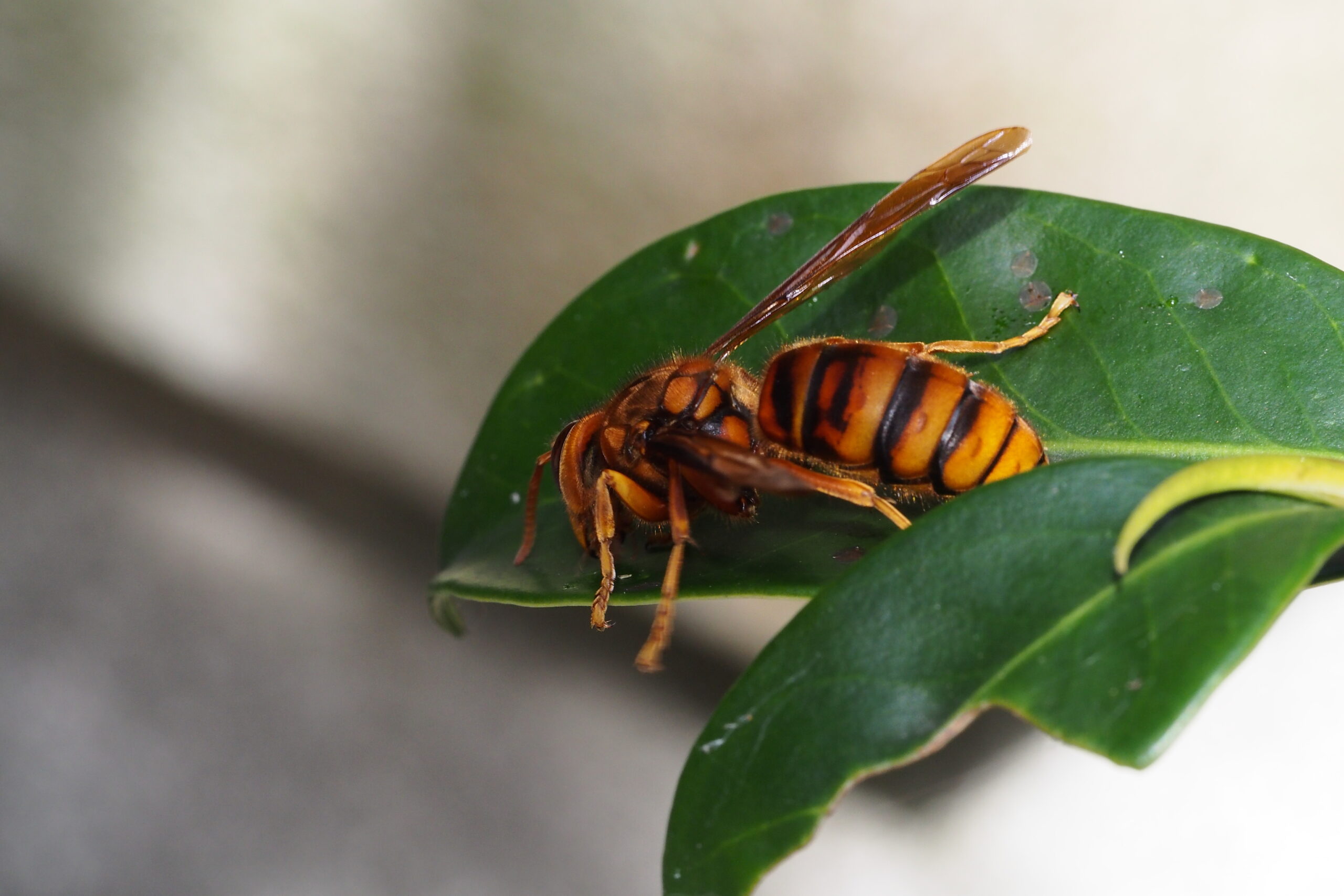
The Japanese giant hornet represents the perfect fusion of size, aggression, and lethal capability that makes it the undisputed aerial predator of its range. These massive wasps can grow to nearly two inches long with a wingspan approaching three inches, making them visible from considerable distances. Their quarter-inch stinger delivers venom capable of dissolving human tissue and triggering fatal allergic reactions.
What makes Japanese hornets truly terrifying is their pack hunting behavior and incredible persistence. A single hornet can release pheromones that summon dozens of nestmates to join coordinated attacks on perceived threats. They’re capable of flying at speeds exceeding 25 miles per hour and can maintain pursuit for miles. Their powerful mandibles can decapitate dozens of honeybees in minutes, and they show no hesitation in attacking creatures hundreds of times larger than themselves, including humans.
The Titan Beetle: South America’s Armored Giant
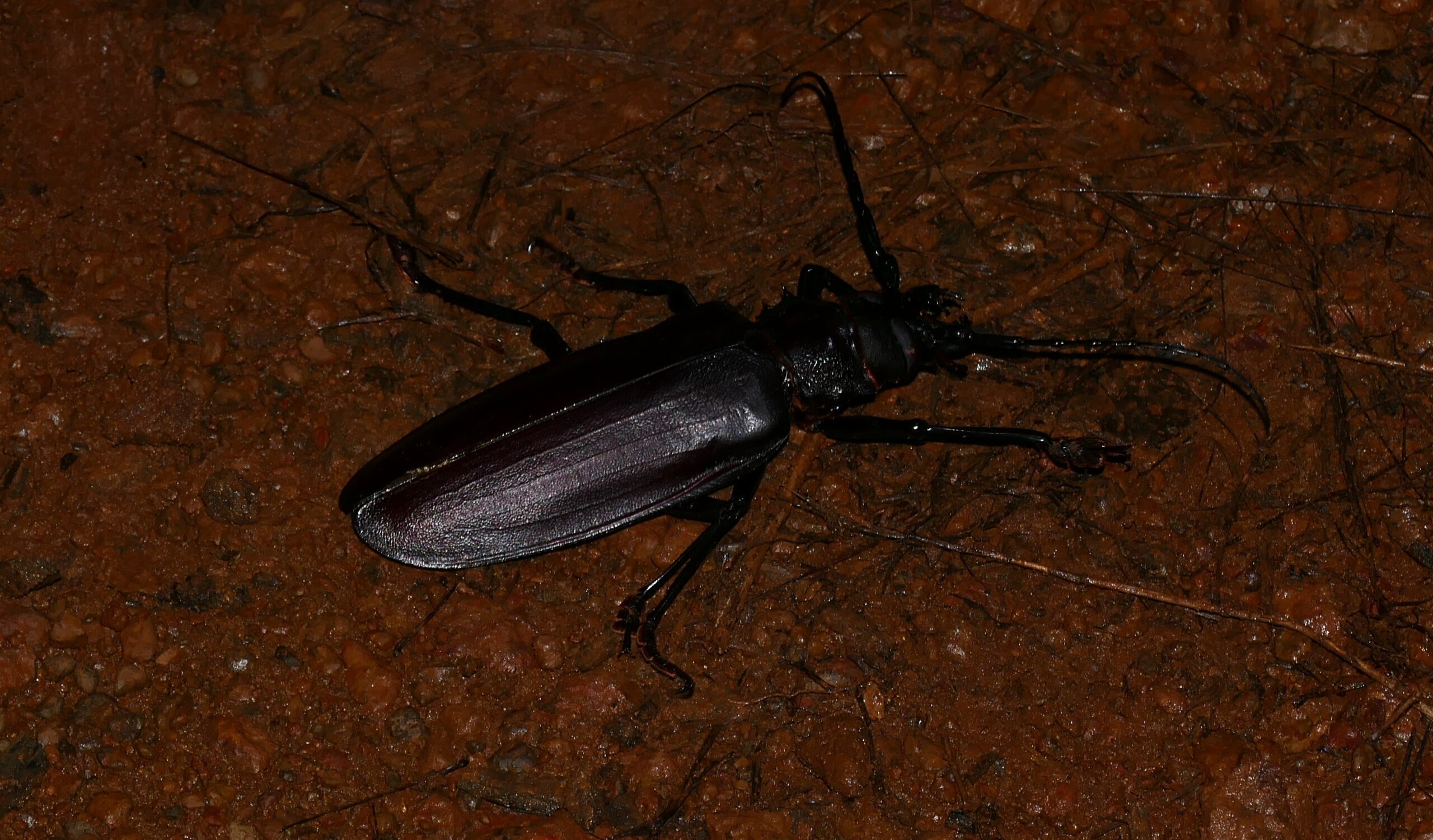
The titan beetle stands as South America’s answer to the elephant, combining massive size with impressive defensive capabilities. These giants can grow up to 6.5 inches long, making them among the largest beetles in the world. Their thick, armor-like exoskeleton can deflect attacks from most predators, while their powerful mandibles are capable of crushing pencils and snapping wooden sticks.
Despite their intimidating appearance, titan beetles are surprisingly elusive creatures that spend most of their time hidden in rotting logs and forest debris. They emerge primarily during nighttime hours to feed on decaying organic matter and tree sap. Their larvae remain completely mysterious to scientists, as no one has ever successfully located a titan beetle nursery in the wild. This ghost-like existence adds to their legendary status among insect enthusiasts and researchers alike.
The Assassin Bug: Master of Disguise and Death

Assassin bugs represent the perfect ambush predators of the insect world, combining patience, precision, and deadly efficiency in ways that rival the most skilled sharks. These masters of disguise can remain motionless for hours, perfectly camouflaged among plant stems and leaves until unsuspecting prey ventures within striking distance. Their curved, needle-like proboscis injects potent enzymes that rapidly paralyze victims and begin external digestion.
What sets assassin bugs apart is their incredible diversity and specialization. Some species have evolved to hunt exclusively on spider webs, using the silk strands as highways to reach their arachnid prey. Others have developed elaborate camouflage techniques, covering themselves with debris, dead insects, or even the corpses of their previous victims. Their hunting success rate approaches that of dragonflies, making them among the most efficient predators in any ecosystem they inhabit.
The Bombardier Beetle: Chemical Warfare Specialist

The bombardier beetle has evolved one of the most sophisticated defense mechanisms in the natural world, earning its place as the insect equivalent of a military tank. When threatened, these remarkable beetles can fire boiling hot chemical sprays with pinpoint accuracy, reaching temperatures of nearly 100 degrees Celsius. The chemical reaction occurs in specialized chambers within their abdomen, creating an explosive mixture that can be fired repeatedly without harming the beetle itself.
This chemical weaponry makes bombardier beetles virtually untouchable to most predators, including birds, spiders, and other insects. They can rotate their abdomens to aim their chemical cannons with remarkable precision, creating a 360-degree defense perimeter around themselves. The spray not only burns potential attackers but also creates a smoky screen that allows the beetle to escape while its enemies recover from the assault.
Conclusion: Nature’s Most Remarkable Survivors
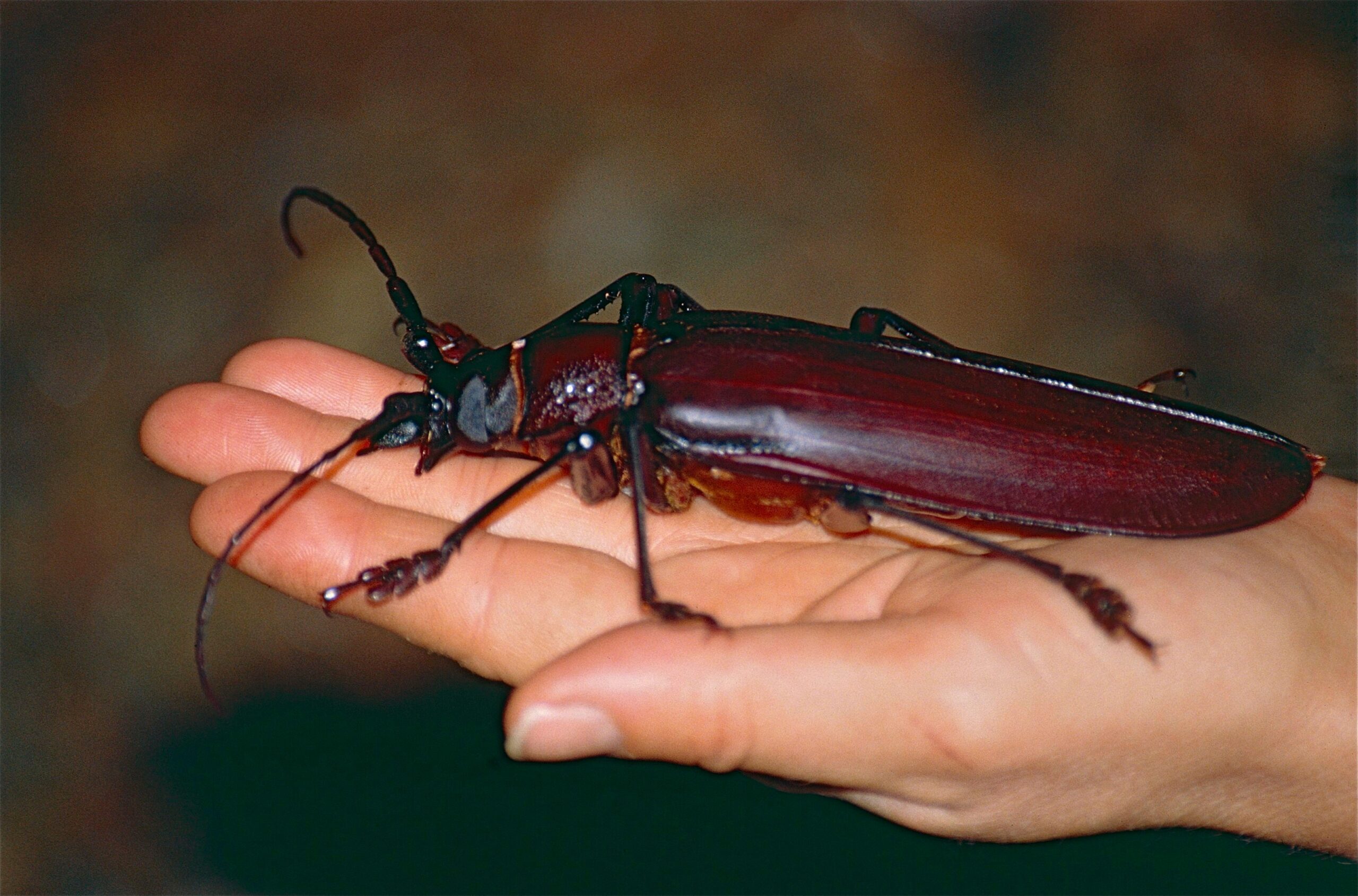
The insect world’s sharks and elephants demonstrate that size isn’t everything when it comes to evolutionary success and ecological dominance. These remarkable creatures have developed strategies and adaptations that allow them to thrive in virtually every environment on Earth, from scorching deserts to frozen tundra. Their success lies not in raw power alone, but in perfect adaptation to their specific ecological niches.
These insects have survived multiple mass extinctions, adapted to climate changes, and continue to evolve new strategies for survival and predation. They remind us that the natural world operates on principles far more complex and fascinating than simple size comparisons. The next time you encounter any insect, remember that you might be looking at a creature whose ancestors have been perfecting their survival strategies for hundreds of millions of years.
What fascinates you more: the brutal efficiency of insect predators or the gentle strength of their peaceful giants?

